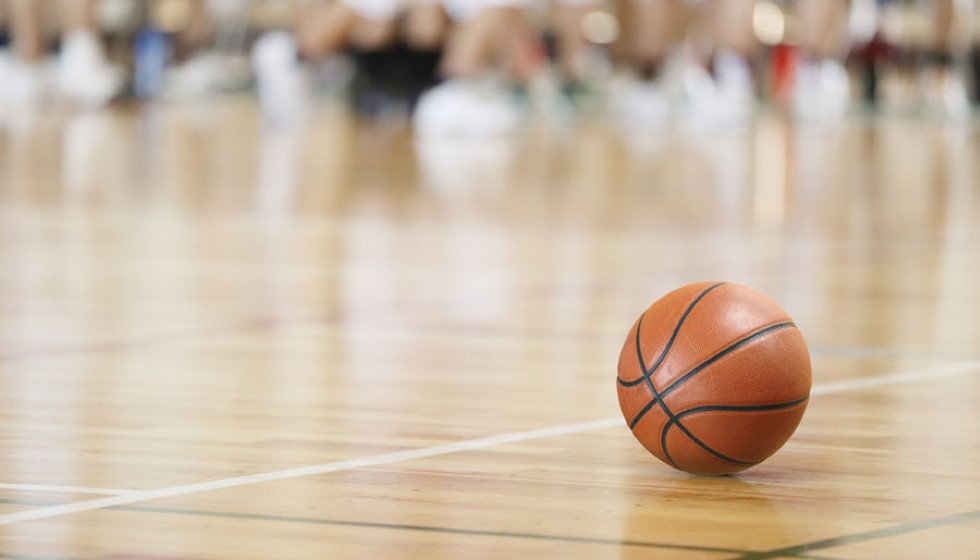
The Philadelphia 76ers are currently navigating uncharted territory as their lineup has been forced to adjust without the towering presence of Joel Embiid and Andre Drummond. In a significant shake-up, Guerschon Yabuesele has assumed the critical role of starting at the center position, while Adem Bona has been pivotal in anchoring the second unit. This adaptation marks a crucial phase for the Sixers as they evaluate their options and flexibility amid the absence of key players.
Embracing a Centerless Strategy
The Sixers recently deployed a centerless formation during a 123-115 outing against the New Orleans Pelicans. This approach, though unconventional, aims to exploit speed and versatility, challenging opponents in unexpected ways. It’s a move that’s increasingly echoed across the league, with teams like the Boston Celtics also gravitating towards smaller, more dynamic lineups.
Coach Nick Nurse has embraced these smaller formations, acknowledging the necessity of adaptation in a league that increasingly values pace and space. “It’s about being malleable,” one could infer from the Sixers' willingness to experiment and take on new challenges without their traditional big men.
Paul George: Adapting to a New Role
The lack of a traditional center has pushed players like Paul George into more versatile roles. Known for his exceptional perimeter defense, George is utilized in ways that maximize his agility and wingspan, standing at 6’8” with a 6’11” wingspan. Expressing his feelings about these changes, George stated, "It's different. I'm used to scrapping and running around and chasing and fighting through screens." This sentiment resonates with the realities of modern basketball, where agility often trumps size.
Yet, there's a sense of ennui that accompanies this adjustment: "To be honest, I'm bored playing on a 5. It just don't do enough for me," George candidly revealed. His words highlight the complexities players face when adjusting to roles that may not fully utilize their strengths or preferences. Despite these challenges, George's willingness to adapt speaks volumes about his commitment to the team’s success.
George further emphasized his love for the defensive hustle: "I enjoy chasing the little guys and matching up against wing offensive players." This preference reinforces the intrinsic satisfaction elite defenders derive from guarding the perimeter, blending athleticism with tactical finesse.
The Sixers' Path Forward
As the Sixers continue to navigate this period without their star center, the adaptability of their lineup is being tested. The NBA’s ever-evolving landscape demands flexibility, and Philadelphia is no exception. The team stands at a crossroads, a phase where tactical experimentation is not merely an option but a necessity.
The utilization of smaller lineups seems set to continue as a strategic choice rather than a temporary fix. In this vein, the Sixers are not only responding to immediate challenges but also laying the groundwork for strategic versatility — a quality that might define their style even when their regular roster is intact. With Coach Nurse at the helm, Philadelphia is signaling their commitment to innovation, seeking to find competitive edges in areas often neglected by more size-focused teams.
For players like Paul George, this evolution presents a unique chance to impact the game beyond conventional metrics. While missing the excitement of traditional matchups, he and his teammates are pioneering new strategies, shaping the future of how basketball may be played at its highest echelons.
In Philadelphia, the spirit of adaptation isn't just a short-term strategy; it's becoming part of the team's DNA. As the Sixers refine their playing style and adjust to the absence of their big men, the league watches closely, curious to see how this phase of transformation will unfold on the hardwood. This period of fluid lineups and strategic creativity may very well be the catalyst the team needs to unlock new potential, challenging not just opponents, but the very paradigm of the modern NBA game.